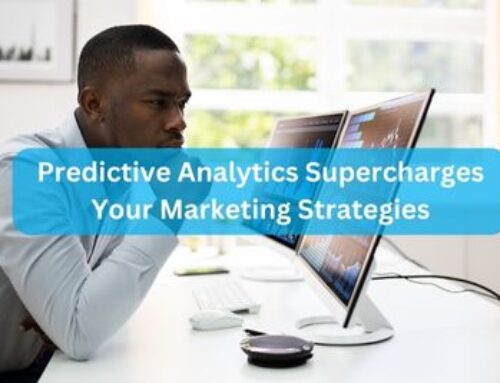With tight budgets, small staffs, and limited resources, it can seem like there are never enough hours in the day for nonprofits. And while some charitable organizations have embraced collecting data about their donors, far too few have leveraged the true power of advanced analytics to position them for a sound financial future.
By using their own data to uncover ways to save costs, labor, and effort, nonprofits can discover more time to spend on what matters most—their mission. It’s all a matter of becoming more targeted and strategic in their thinking.
Below, we’ve outlined how nonprofits can use advanced analytics to reveal insights into the everyday challenges they face, and free up valuable time to meet the goals that matter most.
Key Challenges: Staffing and Overhead
With C-Suite leaders spread thin, hiring, retaining, and paying staff remains one of the largest concerns for nonprofit executives trying to reach fundraising goals in today’s competitive environment.
According to advisory firm BDO: “The majority of nonprofits (72 percent) rank staff retention and recruitment as a challenge they expect to face this year.”
Attracting top talent to leadership and board member positions is, of course, a critical part of positioning nonprofits to succeed at a time when giving remains stagnant at 2 percent of disposable personal income. After all, experienced leadership can make a real difference in meeting or exceeding fundraising goals.
At the same time, nonprofits have a history of skimping on overhead costs related to salaries, management, and fundraising to keep donors happy—the thinking being that high overhead equals poor financial health. But this limits nonprofits’ ability to focus on their mission and outcomes.
Today, thankfully, that attitude is slowly shifting. Instead of measuring nonprofits on compliance, there’s a new emphasis on productivity. In 2014, the Federal government even began requiring federal grants to cover nonprofit overhead costs.
According to The Nonprofit Quarterly, “We’ve been so distracted by the discussion of whether nonprofits should just be able to pay their day-to-day operating expenses (and how)—including overhead—that we’ve mostly ignored the need for nonprofits to generate enough surplus to reinvest in the organization’s immediate and future health.”
Surpluses can be used to pay for important operating expenses such as:
- Cash to meet liquidity needs like paying bills on time (working capital)
- Cash or liquid investments to protect against reasonable risks and take advantage of new opportunities (reserves)
- New furniture, equipment, or buildings (fixed asset additions)
- Debt principal repayment
The secret to making the switch from overhead penny-pinching to outcome-based measurement? Insights derived from advanced analytics, of course.
Greater Efficiency, Proof for the Path Ahead
To overcome these common challenges—and to prepare to compete successfully in the future—nonprofits must begin leveraging their data to drive their decision making across the entire organization. How? By combining two separate, yet powerful analytic approaches.
First, Predictive Analytics helps you to determine the likely outcome of unknown future events. This allows you to optimize marketing campaigns, reduce risk, and improve inventory management. Second, Prescriptive Analytics helps you manage the market fluctuations you might have predicted and the potential business implications of consumer responses and behaviors.
Not only can nonprofits learn “What Will Happen?” and “How Can We Make it Happen?,” they can also use advanced analytics to reduce the amount of time it takes to run successful fundraising campaigns. For example, a recent Lityx customer cut down their time to market by 90 percent using PredictIQ.
Solutions for the Tech- or Business-Minded
At Lityx, we understand that even though data is top of mind, not all nonprofits have the budget for data scientists on staff. That’s why we developed LityxIQ for two types of users: non-technical users with business knowledge and technical users familiar with statistical analysis techniques.
The result? Organizations without technical staff can leverage highly sophisticated predictive analytics without requiring a PhD in statistics, while users who have analytic expertise will be able to produce results much faster and more efficiently than with other available options. Either way, you gain valuable time you can devote back to meeting your mission.
Looking to gain more hours in a day? Connect with us to learn how Lityx can partner with you to help you leverage your data and advanced analytics to make faster, smarter business decisions.



